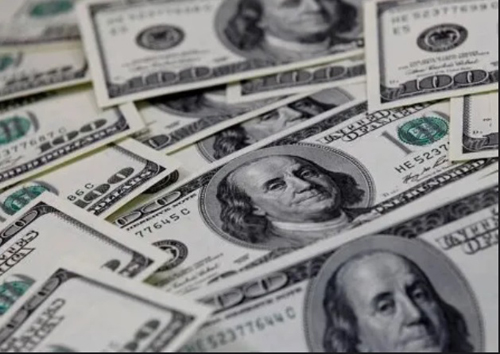TOKYO- As Haruhiko Kuroda’s decade helming Japan’s central bank nears an end, more of his senior colleagues are seeing a case to remove the bank’s cap on bond yields, a key but problematic piece of his radical monetary stimulus.
The rare hawkish shift inside the Bank of Japan (BOJ) comes after years of heavy money printing failed to fire up anemic consumer demand and amid growing anger about the impact of ultra-low interest rates on bank lending margins and, more recently, the cost of living.
A dozen people familiar with the BOJ’s thinking say debate over how to remove a controversial cap on bond yields, introduced in 2016 as part of the bank’s yield curve control (YCC) program, could gather pace next year, provided wages perk up and major economic risks remain contained.
While no detailed discussions of a policy change are under way yet, the preference of many within the BOJ is to completely remove the yield cap altogether, the sources said.
That would be much bolder than what the market currently thinks the BOJ’s next move will be – a widening of the tolerance band around the cap for the 10-year government bond yield.
Any visible shift in BOJ thinking, even if it doesn’t lead to an immediate monetary setting change, could trigger massive selling in Japanese bonds, which would have significant implications for global markets.
“Widening the band will only fuel speculation of a future rate hike and trigger a bond sell-off, rather than help address the side-effects of the yield cap,” one of the sources said, a view echoed by two other sources.
“There’s near consensus within the BOJ that if it were to tweak YCC one day, the best step would be to ditch the cap,” another source said.
The sources spoke on condition of anonymity as they are not authorized to speak publicly.
After a tumultuous year for the world’s third-largest economy, Japan’s central bank and its leadership face a critical moment.
Consumer inflation is at a four-decade high and finally above the BOJ’s elusive 2 percent target – but not because households are cashed up and buying more.
In addition to global supply pressures caused by the Ukraine war and the pandemic, the collapse in the yen has fanned a surge in costs of imported raw materials and ultimately household goods, making Kuroda and his currency-weakening low interest rates targets of public outrage.
“Everything in the supermarket has seen prices rise,” according to 84-year-old pensioner Yoshio Koitabashi, who says he can’t afford to buy a refrigerator, despite saving every penny when shopping for food.
“They aren’t thinking about those who are weak,” he said of the BOJ. “They are doing everything for those who are rich, their friends.”
Japan’s benchmark interest rates are among the world’s lowest and have been for decades.
A recent poll by the daily Mainichi paper showed 55 percent of respondents said the BOJ should review current monetary easing, far higher than 22 percent who favored the status quo.
While Kuroda maintains ultra-low rates are still needed to support a fragile economic recovery, others in the BOJ are starting to drop hints of a possible tweak to YCC.
The BOJ’s pro-stimulus camp, which held sway for most of Kuroda’s time in office, is seen further losing influence when the governor and his dovish deputy Masazumi Wakatabe see their terms end early next year.
That leadership transition would give bureaucrats an opportunity to shift further away from their outgoing chief’s controversial policy.
The assassination of Shinzo Abe in July, who as prime minister appointed Kuroda BOJ governor in 2013 and remained an influential proponent of massive stimulus, also meant a key loss of political support for advocates of expansionist monetary policy.





